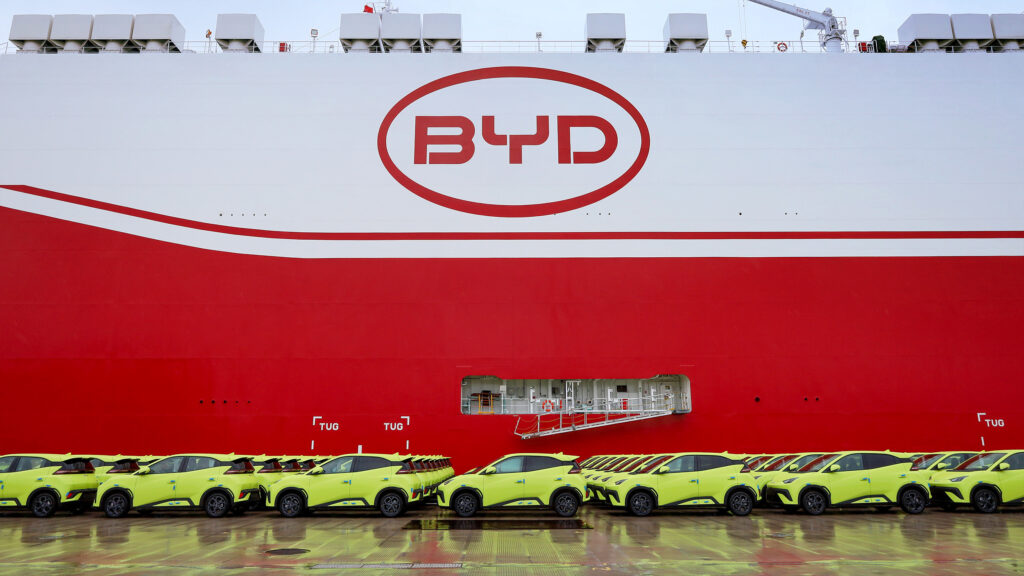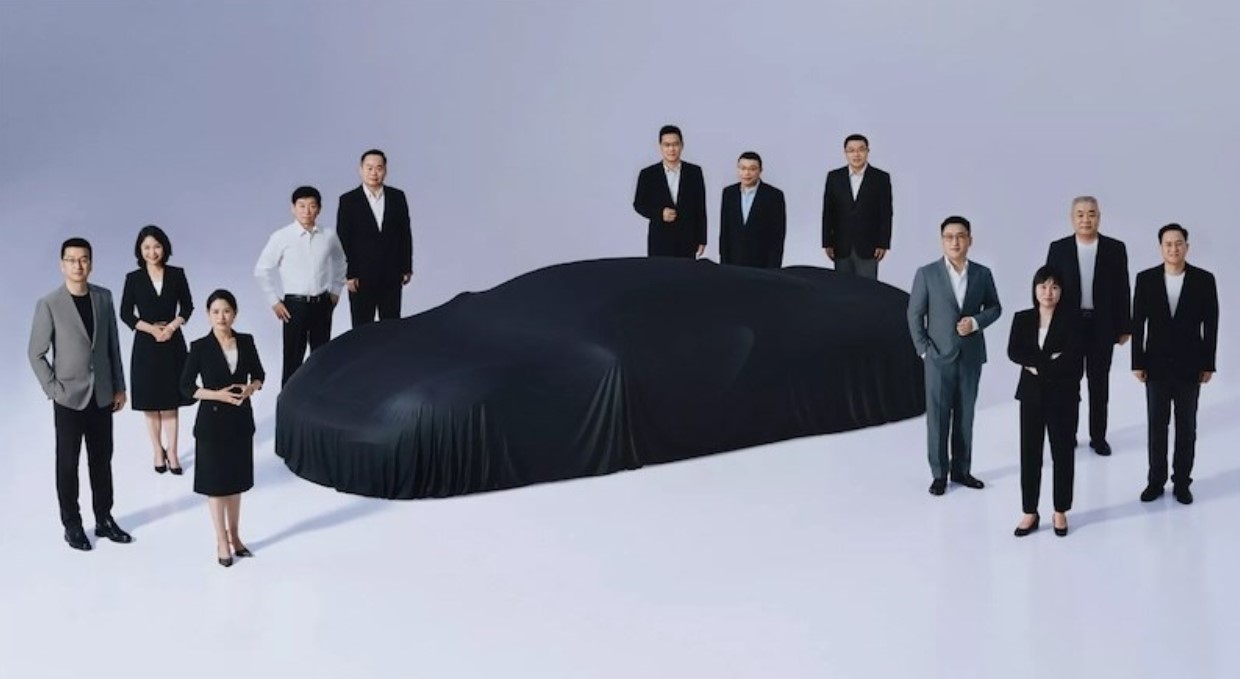Chinese Auto Industry: Exports Grow, Imports Fall
China continues to increase its automobile export volumes, showing a 20% growth in May compared to last year. In the first five months of 2025, the country sent 2.83 million vehicles abroad. However, imports, on the contrary, decreased by 25% in May, reaching only 47 thousand units.
The decline in car supplies from the USA was particularly noticeable – in May, their import to China fell by 68%. Even despite a temporary agreement to suspend tariff increases, the existing tariffs remain high. For example, Chinese buyers still pay a 25% duty on American cars with engines over 2.5 liters.
Trade Barriers and Security Restrictions
The USA, in turn, is strengthening restrictions on the import of Chinese cars, citing threats to national security. New rules effectively ban the import of vehicles with software developed in so-called “countries of concern,” which include China.
Meanwhile, Japan remains the main supplier of cars to China – over five months, the country exported over 70 thousand units. Germany and Slovakia take second and third place respectively.
Electric Vehicles – The Driver of Exports
Chinese New Energy Vehicles (NEVs), including electric cars and hybrids, are in particular demand on world markets. In May, their export grew by 43%, reaching 296 thousand units. Among the key markets are Brazil, Belgium, the Philippines, and the United Kingdom.
These trends indicate that China is not only strengthening its position as an automobile manufacturer but is also reorienting towards the domestic market and alternative supply sources. The growth of NEV exports could become a key factor for the further development of the industry, especially against the backdrop of the global transition to “green” technologies. At the same time, restrictions from the USA may accelerate the development of China’s own technological solutions, which in the long term will make the country even less dependent on imports.


 by
by 
